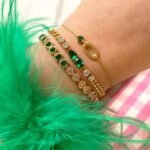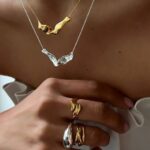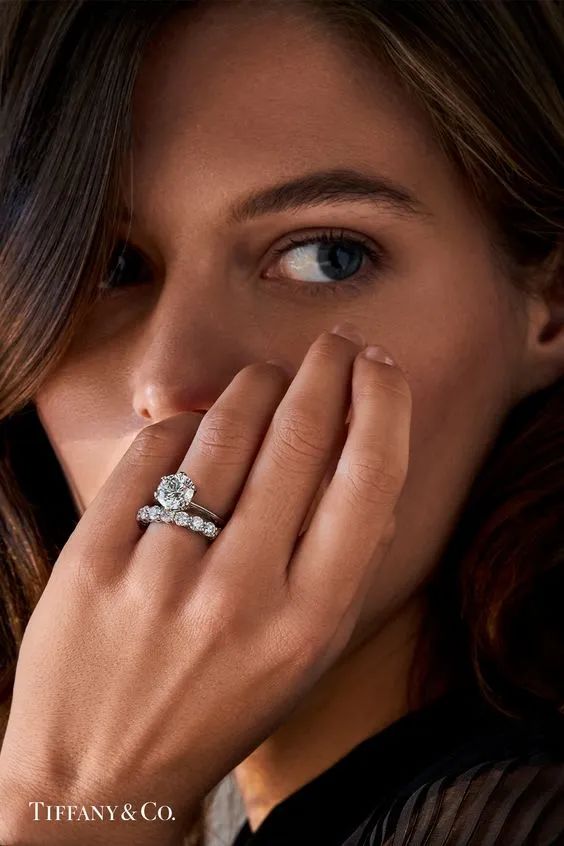
Tiffany & Co. is a name almost synonymous with romance, luxury, and dreams. However, few know that this legendary brand started as a small stationery store. In 1848, Charles Lewis Tiffany and John B. Young opened a shop called “Tiffany and Young” at 259 Broadway in New York City, primarily selling stationery and fine gifts.
History of Development
Innovation and Transformation
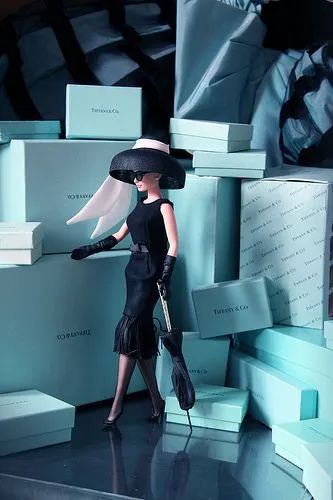
In 1853, Charles Tiffany bought out his partner’s shares and renamed the company “Tiffany & Co.” He keenly recognized the enormous potential in the jewelry market and began to shift the business focus towards jewelry and accessories. This decision, though bold, was based on his in-depth observation of the market and accurate understanding of customer needs.
To ensure the quality of jewelry, Tiffany pioneered the adoption of the European 925 sterling silver standard and introduced it to the American market. This standard later became the official standard for silver products in the United States. In 1867, Tiffany won the grand prize for silver craftsmanship at the Paris World’s Fair, marking the first time American silverware received such high international recognition and signaling Tiffany’s entry into the global market.
The Blue Dream
Birth of the Brand Identity
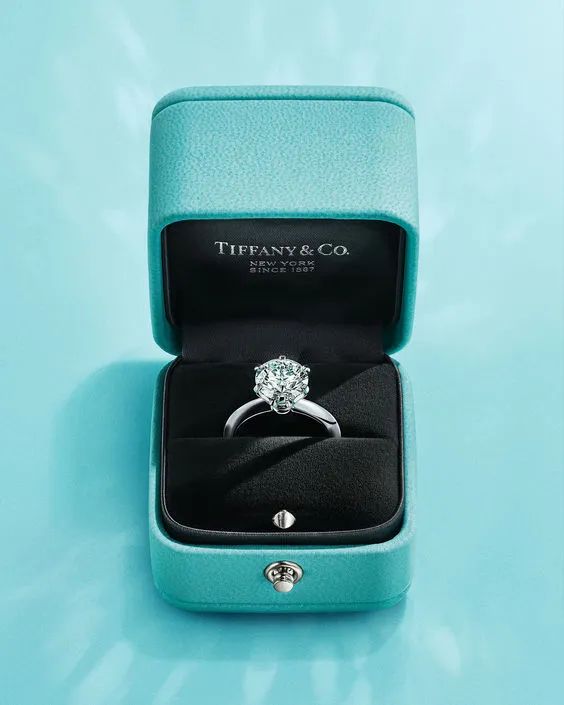
In 1878, Tiffany acquired a 287.42-carat yellow diamond rough from a Turkish merchant. Charles Tiffany invited gemologist George Frederick Kunz to cut the stone, resulting in a 128.54-carat cushion-cut diamond with 82 facets. This gem, named the “Tiffany Yellow Diamond,” became Tiffany’s crown jewel and symbolized the brand’s pursuit of gemstone excellence.
In the same year, Tiffany introduced a unique shade of blue, naming it “Tiffany Blue.” This color, between turquoise and robin’s egg blue, is fresh, bright, elegant, and noble. It was registered as an internationally recognized color trademark. Tiffany applied this color to its packaging boxes, shopping bags, advertisements, and various other aspects, making it an iconic element of the brand. The Tiffany Blue box has been hailed as “the blue box every woman wants to own.”
Signature Products
Witnessing Love and Commitment
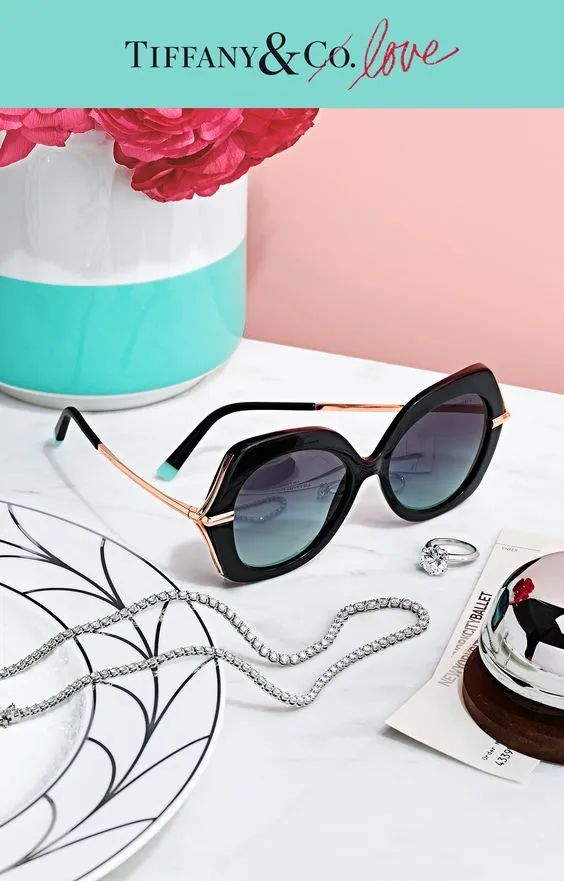
Tiffany’s product line spans jewelry, watches, home goods, perfumes, and more, but their most iconic offering is undoubtedly their engagement rings. In 1886, Tiffany introduced the revolutionary six-prong diamond setting, a design that elevated the diamond to maximize its brilliance.
This setting quickly became a global sensation, establishing itself as the classic style for engagement rings and cementing Tiffany’s leading position in the wedding jewelry market.
Beyond the six-prong setting, Tiffany has launched a series of classic jewelry designs, including:
Return to Tiffany™ Collection: Featuring heart pendants and key motifs, symbolizing love, luck, and commitment. This collection was inspired by a key ring introduced in 1969, engraved with “Please Return to Tiffany & Co. New York”. Each piece bears a unique number, reflecting Tiffany’s appreciation for every customer.
Tiffany T Collection: Inspired by the letter “T”, this collection is simple, modern, and powerful. Launched in 2014 by Francesca Amfitheatrof, Tiffany’s first female design director, it incorporates architectural elements of New York City, embodying the brand’s modernity and innovative spirit.
Tiffany Keys Collection: Designed around various key shapes, symbolizing the unlocking of infinite possibilities. Each key has its unique design and meaning, some representing love, others hope, wisdom, or strength.
Product Positioning
From Luxury Jewelry to Everyday Accessories
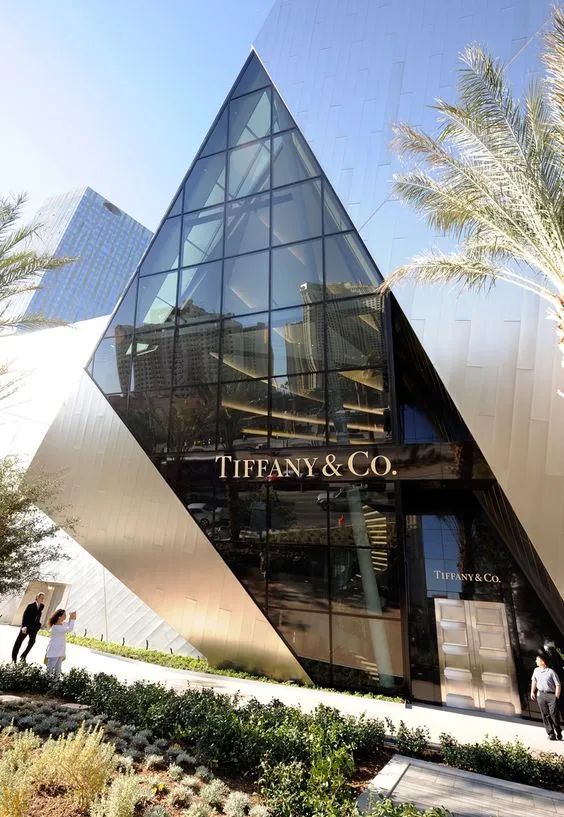
Tiffany’s product positioning can be described as a “pyramid” structure, a strategy that allows Tiffany to meet the needs of different consumer groups while maintaining its high-end image.
At the top of the pyramid are expensive high jewelry pieces, such as the “Tiffany Yellow Diamond” and custom-made jewelry. These products often use rare gemstones and exquisite craftsmanship, with prices potentially reaching millions of dollars. While sales volumes are low, they represent Tiffany’s highest level of craftsmanship and are an essential part of the brand’s image.
The middle layer consists of more accessible fashion jewelry, such as the Return to Tiffany™ and Tiffany T collections. These products typically range from a few thousand to tens of thousands of dollars and are Tiffany’s main source of revenue. They combine fashion and practicality and are popular among younger consumers.
The bottom layer includes entry-level accessories like silver jewelry and perfumes. These products are lower-priced, usually around a few hundred dollars, and often serve as many people’s first encounter with Tiffany. Although the profit margin is relatively low, these products are crucial for attracting new customers and expanding the brand’s influence.
This diversified product positioning meets the needs of different consumers and enriches Tiffany’s brand image. Whether it’s high-end customers seeking ultimate luxury or young people just starting to explore luxury goods, everyone can find suitable products at Tiffany.
Status in the Fashion World
Trendsetting and Timeless

As a jewelry brand with over a century of history, Tiffany & Co. holds a pivotal position in the fashion world. Tiffany’s design style is elegant, classic, and timeless, with creations that are not just jewelry but works of art.
Tiffany’s design inspirations are diverse, ranging from flora and fauna to geometric shapes, from historical culture to modern art, all reflecting the designers’ unique craftsmanship. For instance, Tiffany’s designers often draw inspiration from the architectural lines of New York City, incorporating urban modernity into jewelry design.
At the same time, Tiffany also learns from nature, skillfully integrating elements like flowers, leaves, and butterflies into designs, creating jewelry pieces that are both modern and natural.
Tiffany’s designs also lead trends in jewelry design. For example, the “Bone Cuff” bracelet introduced in the 1960s became a fashion icon of the era with its avant-garde design and bold use of materials. Inspired by the structure of human bones, this bracelet’s flowing lines and ergonomic shape demonstrate Tiffany’s perfect combination of beauty and functionality.
Influence on the Fashion World
The Embodiment of Elegance and Dreams
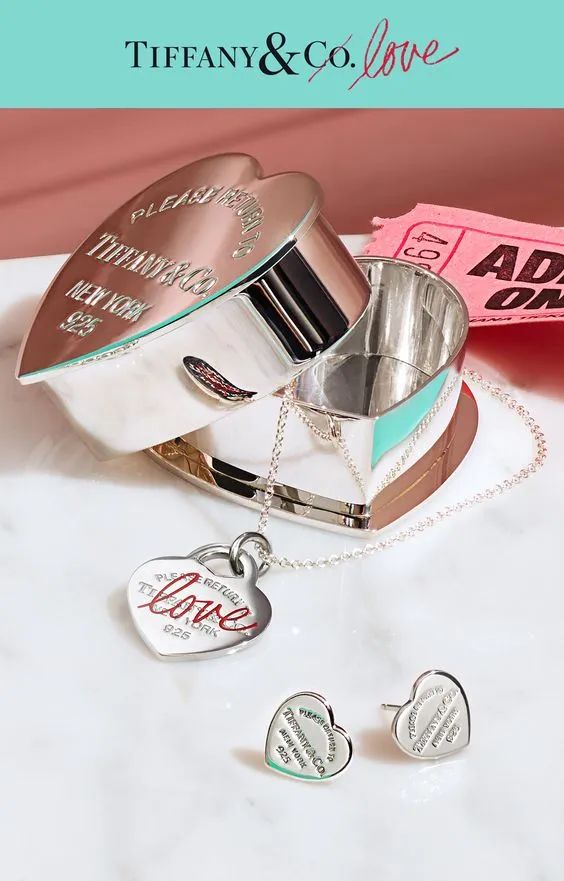
Tiffany’s influence on the fashion world is profound. It not only defines trends in jewelry design but also shapes a lifestyle and set of values. Tiffany represents elegance, romance, and dreams, connecting jewelry with love, commitment, and happiness, giving jewelry a deeper meaning.
Tiffany’s status in popular culture is also significant. In 1961, the film “Breakfast at Tiffany’s”, starring Audrey Hepburn, propelled Tiffany’s brand image to new heights. The iconic scene of Audrey Hepburn as Holly Golightly, wearing a little black dress and pearl necklace, eating breakfast in front of Tiffany’s window, became a classic, making Tiffany a symbol of dreams for countless people.
This film not only increased Tiffany’s recognition but also endowed the brand with more cultural connotations. Tiffany was no longer just a jewelry store; it became a representation of New York high society lifestyle, symbolizing elegance, taste, and the pursuit of a beautiful life. The Tiffany store in the film became a sacred place in many people’s hearts, attracting visitors from all over the world.
Beyond “Breakfast at Tiffany’s”, Tiffany has appeared in numerous other films and TV shows. For example, in series depicting New York high society life like “Gossip Girl” and “The Devil Wears Prada”, Tiffany’s jewelry and iconic blue boxes often appear as important props. These works further reinforced Tiffany’s image in the public mind, making it a symbol of luxury, taste, and love.
Tiffany’s blue radiance has shone for over a century, witnessing countless love stories and carrying people’s aspirations for a beautiful life. From a small stationery store to an internationally renowned luxury brand, Tiffany’s success lies not only in its exquisite craftsmanship and unique designs but also in the taste and lifestyle it represents. Tiffany’s legend continues, and its blue dream will continue to inspire generations to come.
The Tiffany & Co. Saga: A Century of Blue Brilliance in the World of Luxury
Tweet
Further Reading
